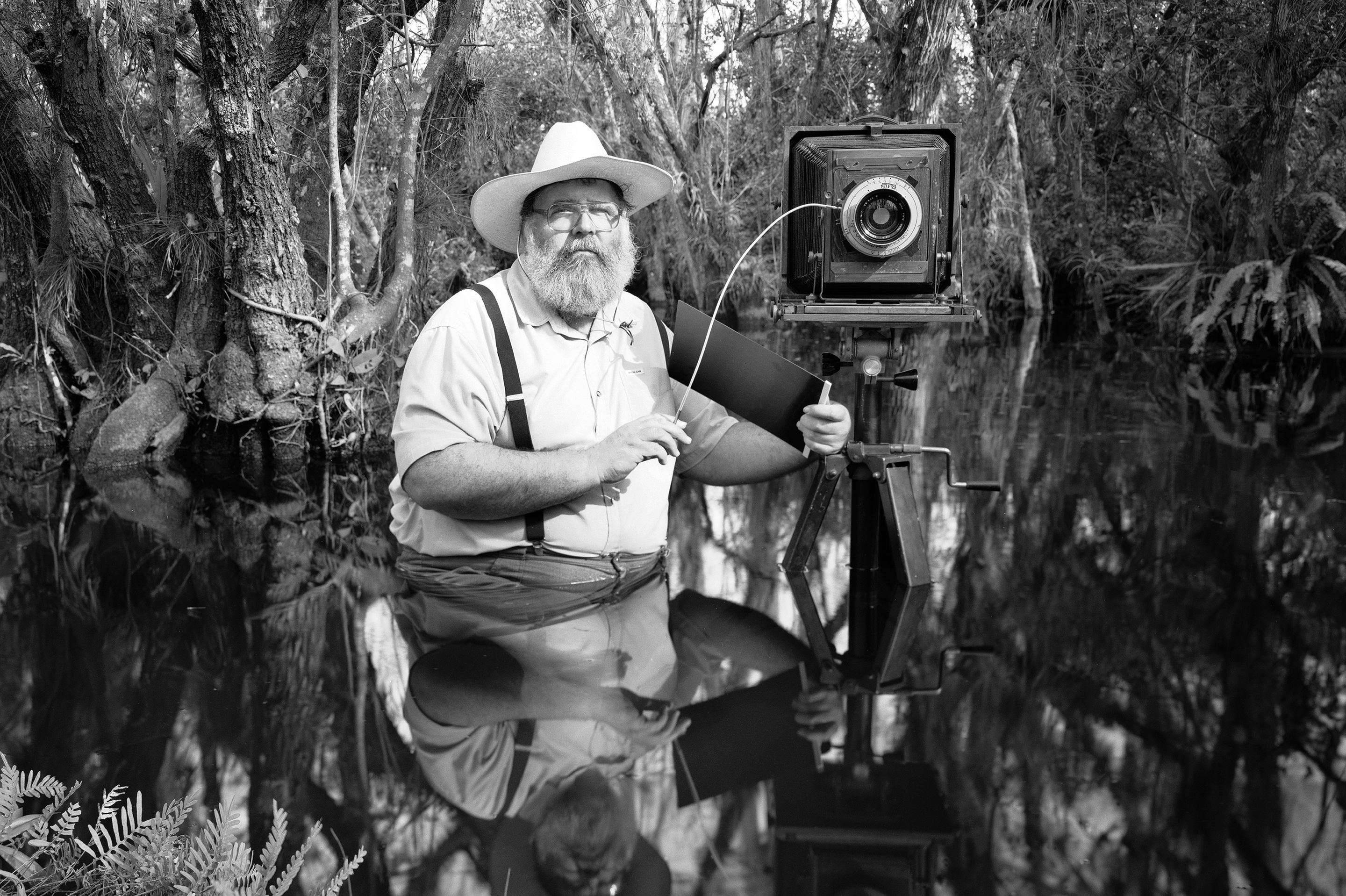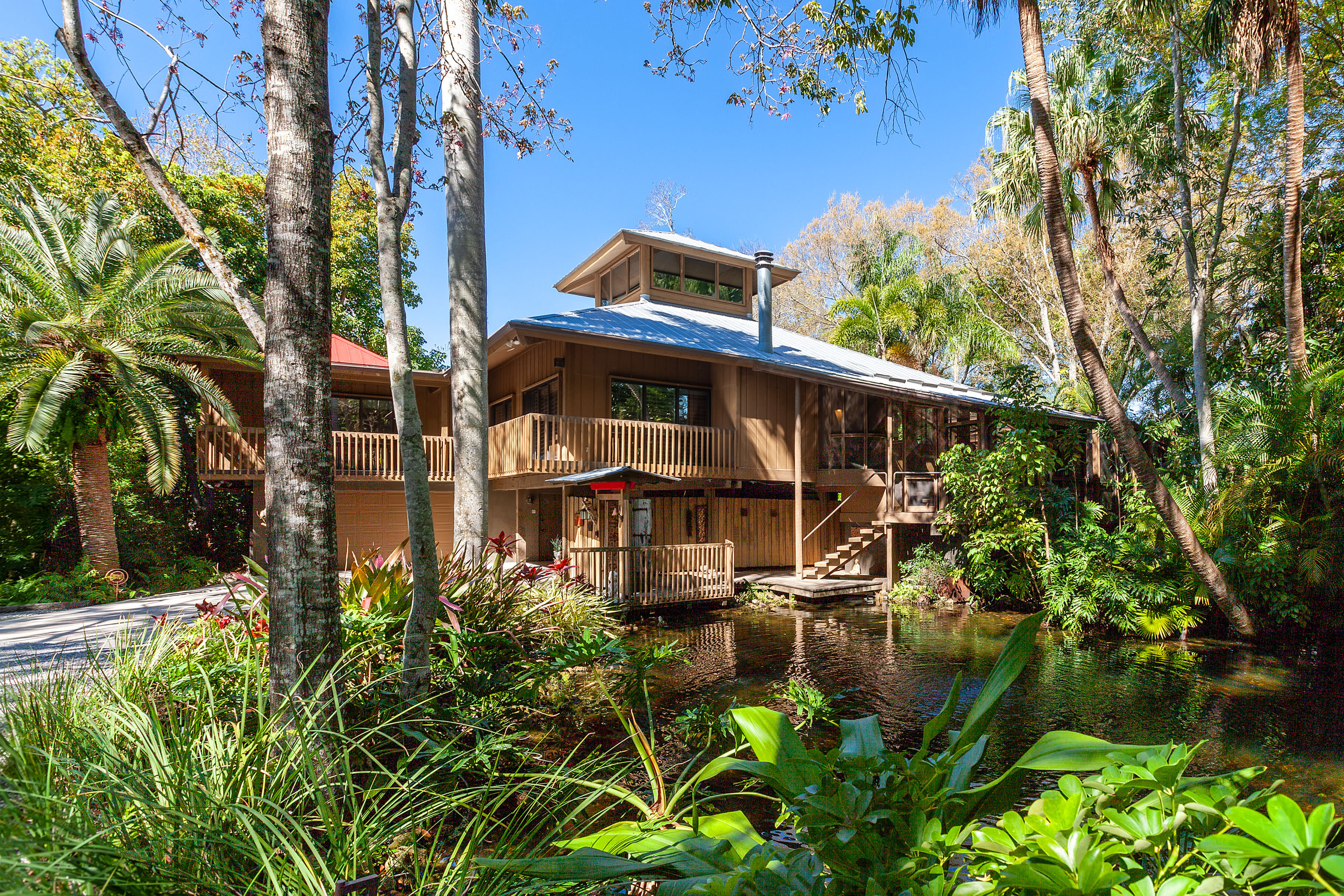Happy 100th Birthday, National Park System
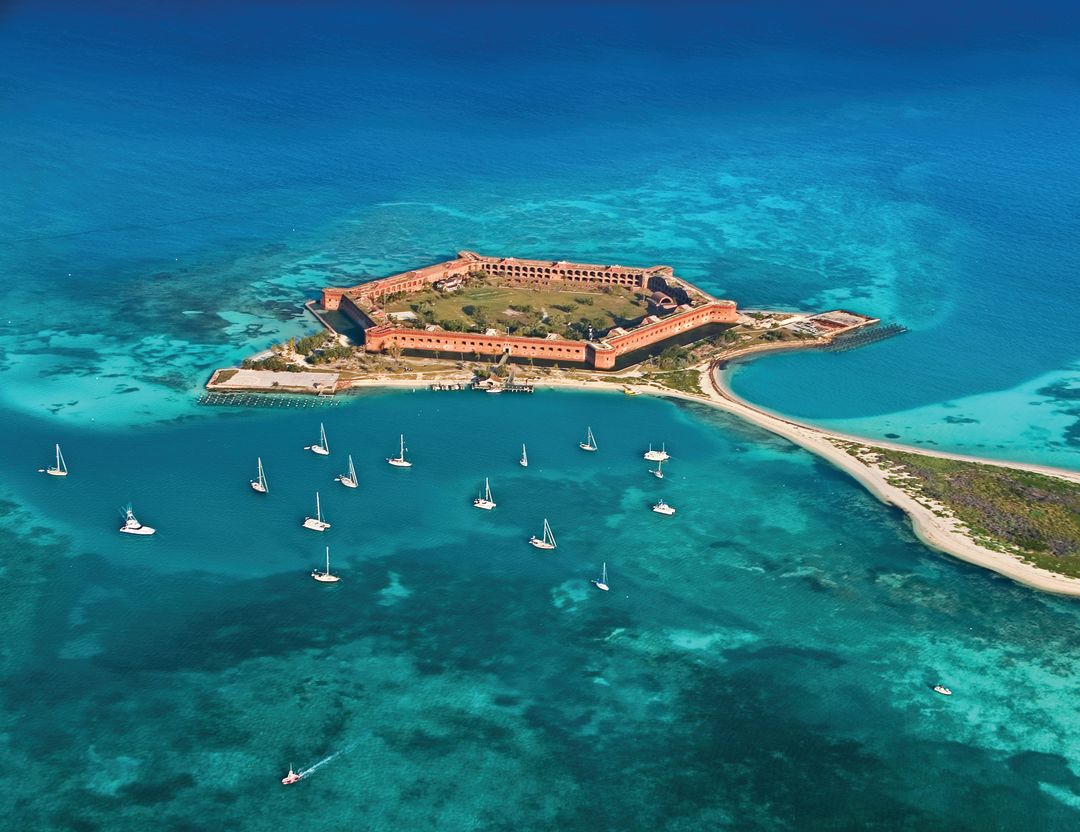
Image: Shutterstock
One of America’s greatest ideas, the National Park System, is celebrating its 100th birthday this year. The system has grown from the first park—Yosemite National Park—to 401 national parks, preserves, seashores and monuments. A great way to celebrate the centennial is to visit one of them, and Florida has several to choose from. Here are my seven favorites and what I like to do at each of them.
Dry Tortugas National Park In 1865, four of the men convicted of taking part in the Lincoln assassination plot were imprisoned on this island 70 miles from Key West. One declared it to be “the most horrible place the eye of man ever rested upon.” Yet today visitors consider this historic spot with its crumbling fort a little bit of heaven on earth. Named by Ponce de Leon for its population of tasty turtles, the island is still a haven for wildlife and a favored destination for birders. Getting there is the hard part—you have to spend $175 on a shuttle boat from Key West that takes two hours each way. There is some limited camping available, but be sure to bring something to drink. The “dry” part of its name means there is no potable water on the island.
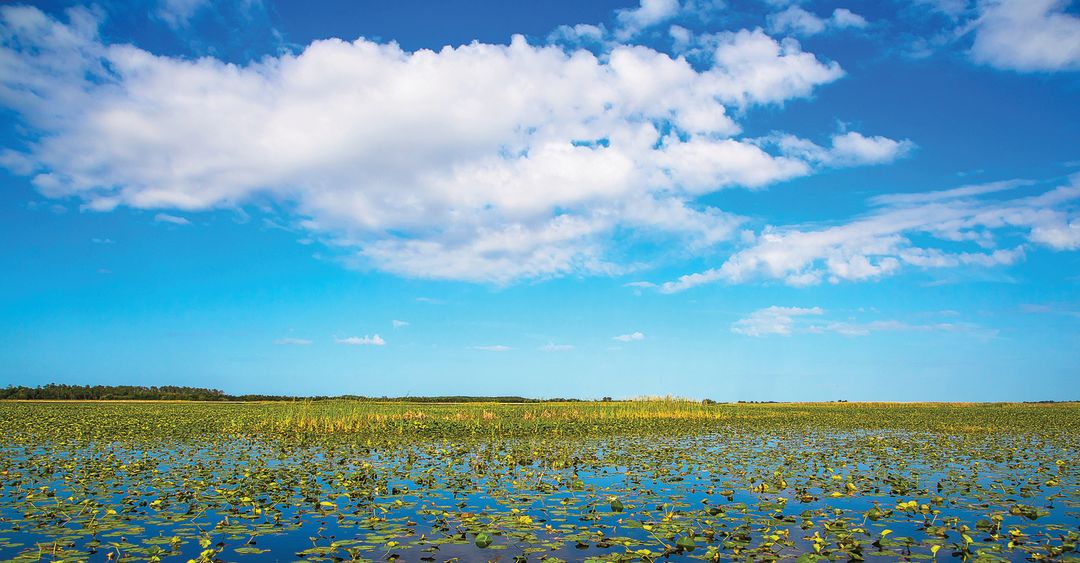
Image: Shutterstock
Everglades National Park Originally Royal Palm Hammock State Park, preserved by some determined South Florida women led by a governor’s wife, May Mann Jennings, Everglades National Park is one of the most recognized landmarks in the state. You can ride an airboat across the River of Grass, but take it from me, those engines are so noisy you’ll see little in the way of wildlife unless you run over a gator that’s too slow getting out of your way. (Yes, I saw that happen once). Far better to take the two-hour Shark Valley tram with a ranger, or to ride your bicycle along the trail.
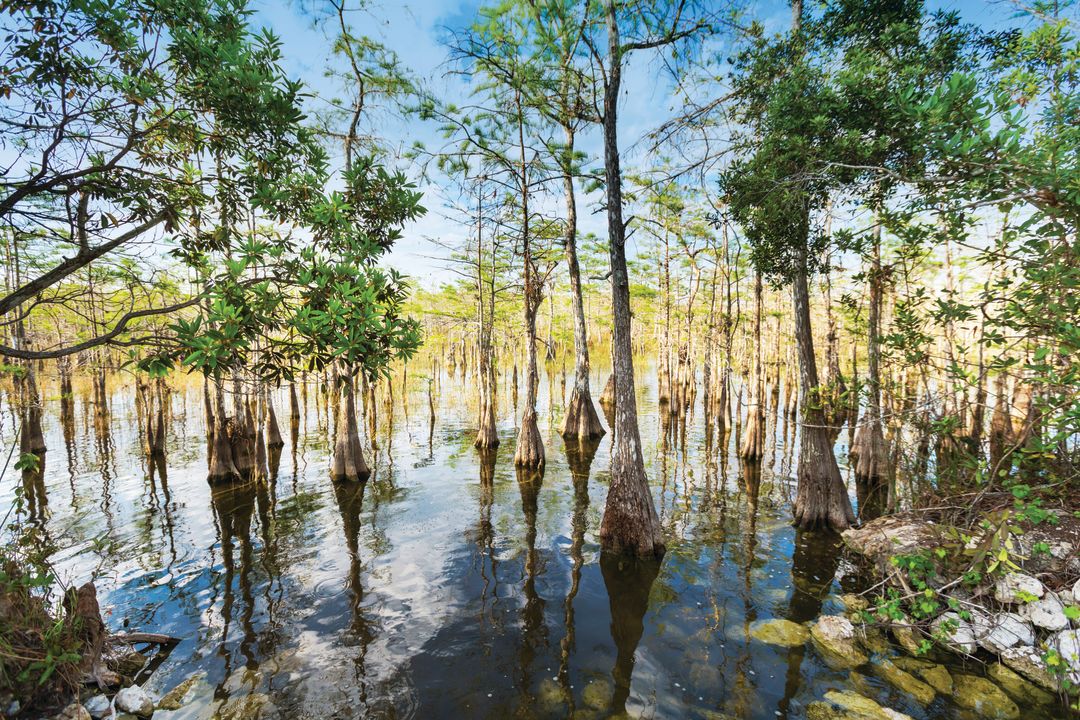
Image: Shutterstock
Big Cypress National Preserve Originally slated to become the world’s largest jetport, this 729,000-acre preserve 45 miles west of Miami was saved by a coalition of hunters and conservationists. The best way to see it is up close, on one of the swamp walks organized by the Ansel Adams of Florida, photographer Clyde Butcher. I went on one of these delightful slogs one October day. The breeze kept all the bugs away and the flowing water we waded through kept us cool. We saw jumping spiders and wild orchids and one small alligator, sunning itself near Clyde’s driveway.
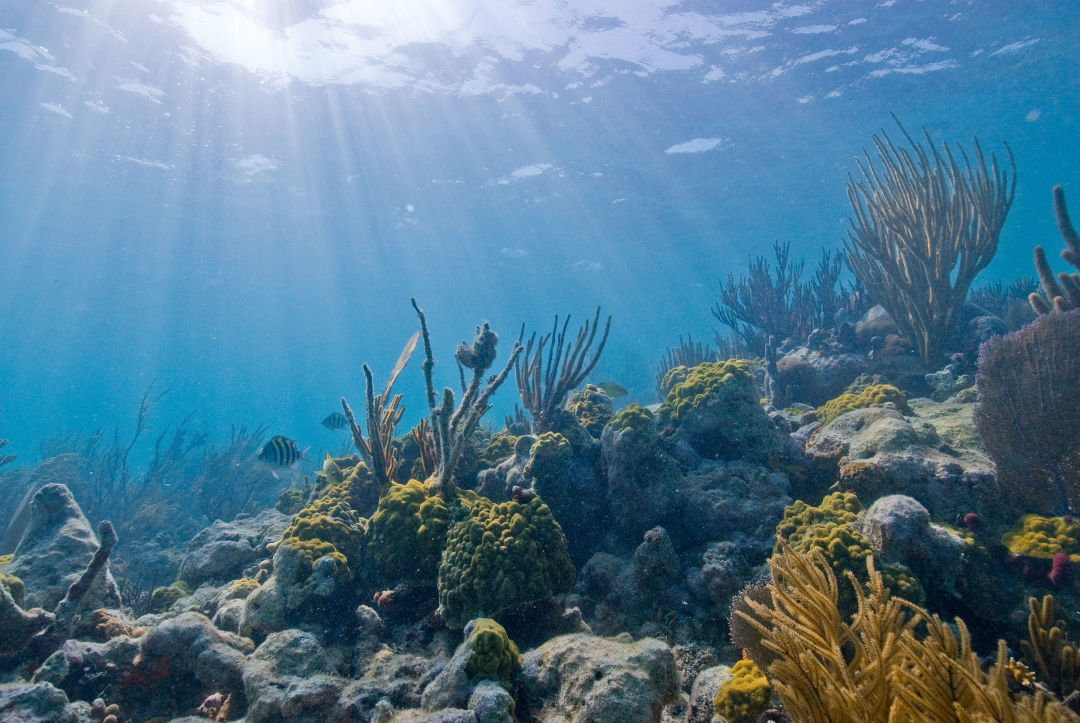
Image: Wikipedia
Biscayne National Park There is no other national park like this one—it’s entirely submerged and includes extensive coral reefs, an enormous stretch of mangrove forest and the clear waters of Biscayne Bay. In the 1960s developers tried to turn this into a dredge-and-fill city called “Islandia,” but an unlikely coalition of activists, doctors, farmers and the head of the Hoover Vacuum Cleaner Co. convinced Congress to preserve it instead. A road the developers built, then dubbed “Sprite Highway,” is now the park’s one and only hiking trail, passing through a tropical hardwood forest. Otherwise the best way to see this park is by canoeing, kayaking, snorkeling or scuba diving.
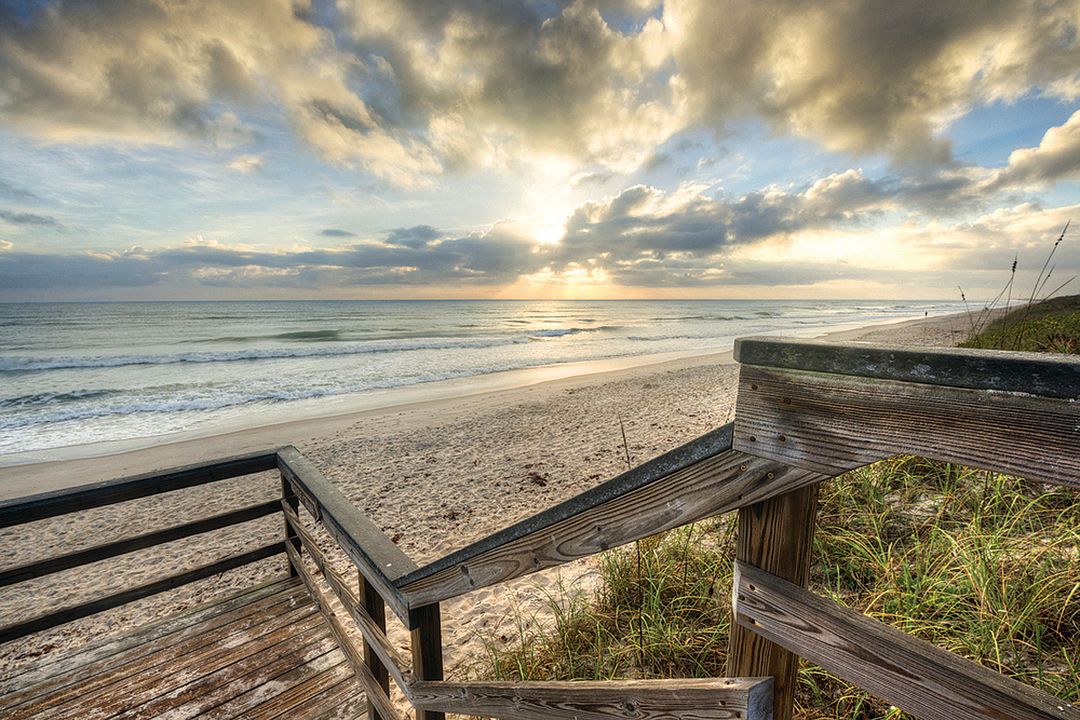
Image: Shutterstock
Canaveral National Seashore When the federal government was buying up land on windswept Cape Canaveral for use by the space program, some was left undeveloped so it could be a buffer. That buffer, which includes 24 miles of undeveloped beach, contains more federally protected species of plants and animals than any national park except Everglades. The park service says it’s also the longest undeveloped stretch of oceanfront left along the east coast of Florida. Unlike the rocket launches, the nature is available to view all year-round.
De Soto National Memorial This Manatee County landmark commemorates the spot where explorer Hernando de Soto and his legions of soldiers and animals allegedly came ashore in 1539 on their ill-fated 1,000-mile expedition across the South. Rangers now lead kayak tours of the place, and from December to April there’s a recreation of De Soto’s encampment. Considering how it ended in death and disaster, you’re better off visiting the start of De Soto’s trip rather than its conclusion.
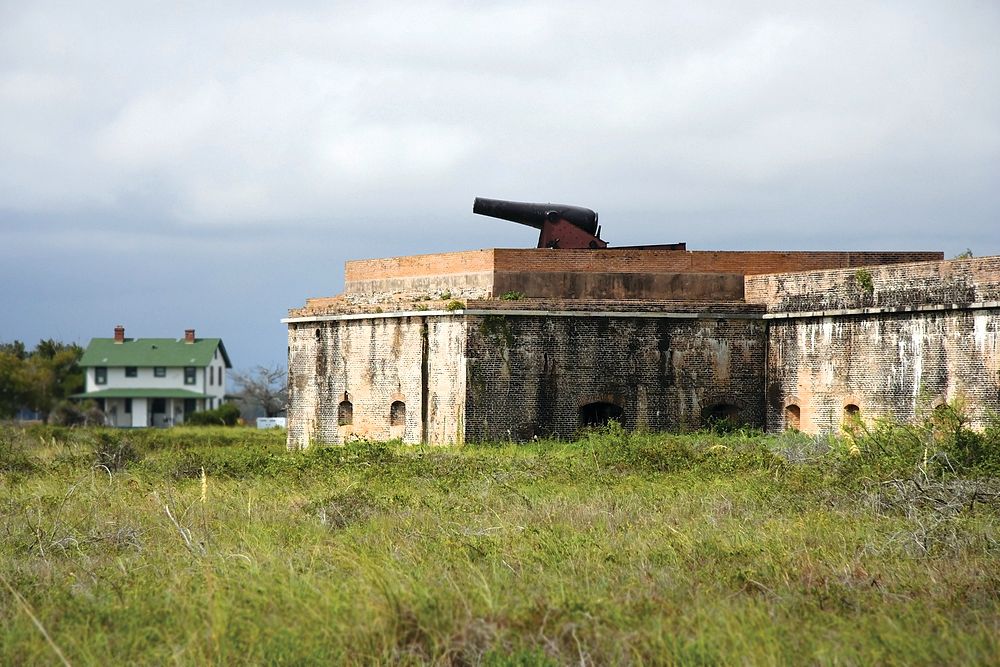
Image: Shutterstock
Gulf Islands National Seashore This one is my favorite. It stretches for 160 miles from the sugar-sand beaches of the Florida Panhandle to the Mississippi coast, making it the largest national seashore in the park system. The Mississippi part consists of islands that are accessible only by boat. But you can drive to the beaches on the Florida side, and I strongly encourage you to do so. You can tour the historic forts there (like Fort Pickens, above), and you can also go picnicking, swimming, snorkeling, canoeing, kayaking, sailing, paddle-boarding, horseback riding, bicycling and camping. Or you can do what I like to do, and just stretch out on your back and float on those gentle emerald waves.
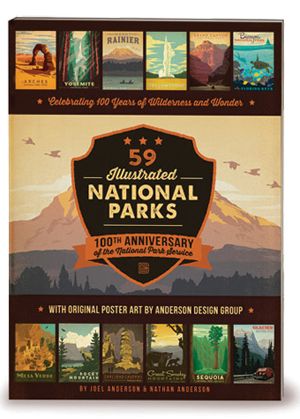
Read more: Ringling College grad (1986) Joel Anderson of Nashville, Tennessee, has published a coffee-table book celebrating the national parks centennial. Anderson says the book grew out of his love for vintage poster art and for our national parks. To learn more or order, visit adgstore.com.
Frequent contributor Craig Pittman covers the Florida environment for the Tampa Bay Times.
